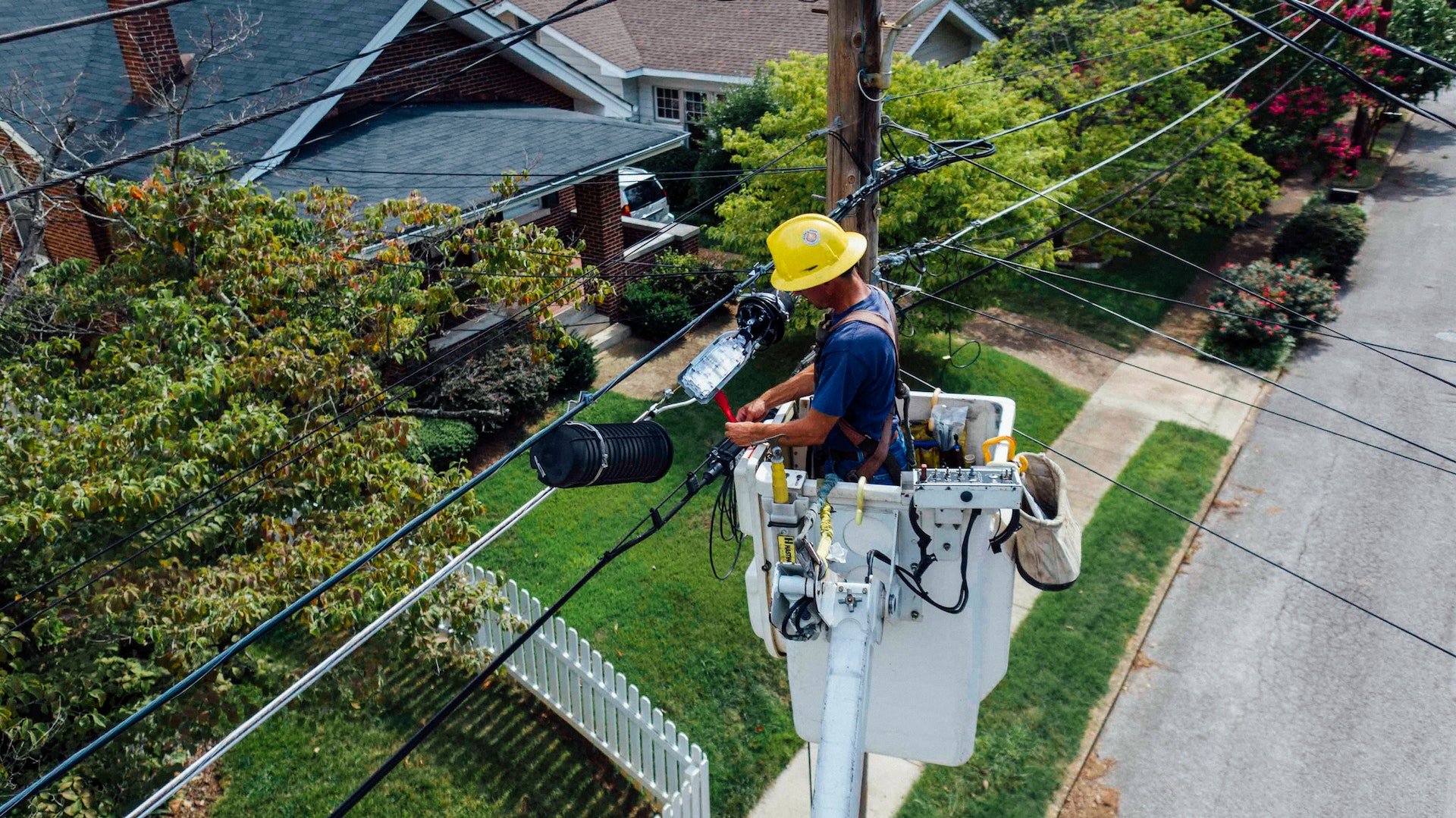There’s nothing worse than finding out that an electrical outlet is inoperable. When it happens, it can be extremely frustrating, especially for those with little experience around the house. If you’re lucky enough to know someone with experience, they can help you. But if your knowledge of electrical outlets falls somewhere between “very little” and “non-existent,” then you’ll need to rely on those simple tricks.
1- Figure Out the Problem
The first step to getting an electrical outlet working again is figuring out the problem. There are various problems, most of which can be solved with this guide. But it’s important to recognize that the electrical outlet is more complicated than you might think.
First and foremost, you should always check the ground fault. While most outlets work fine without any ground fault protection circuitry, there are instances where that’s not the case. A ground fault can happen if the electrical current is too high for the outlet, for example, when a device uses too much power. A ground fault could be due to improper wiring, too. If a ground fault prevents electricity from getting to the outlet, you’ll want to fix it immediately.
Another common problem is a loose outlet connection. This can cause many problems, like short circuits and blown fuses. You’re probably wondering how you would even know if this was the problem. For starters, you should see visible or audible signs of loose wires inside the outlet. If you suspect a loose connection is a problem, you will want to open up the outlet to take a closer look.
2- Shut Off the Breaker
If your electrical outlet isn’t working, you should immediately shut off the breaker supplying electricity to it. If your home is old or has multiple outlets on a single breaker, you may need to turn off more than one. The next step is to cut power from the circuit at the main switch or circuit panel. This will ensure that power isn’t going through the outlet, shorting it out.
Follow that up with disconnecting the electricity from the outlet itself. While you may judge this step as unnecessary, I assure you that having no electricity flowing into your outlet is far more helpful than turning it back on and hoping for the best. Moreover, leaving the electrical current running can damage your outlets over time from corrosion and moisture exposure. The last step should be removing debris around or inside the electrical panel housing. It would be best if you never had any rocks, dirt, or paperclips in the outlet. If there are bits of debris stuck inside, you’ll need to use a vacuum cleaner or something similar to remove any blockages.
3- Clean Out the Electrical Outlet
Once these steps have been taken, the next step is to clean out the electrical outlet. If you’re reusing it and want it to work as well as possible, thoroughly clean it. Start with an old toothbrush and spray some electrical cleaner around the edges. You may need to use a screwdriver or something similar to pry off the cover plate. The next step would be to scrape out dust and grime carefully not to damage any of the components inside.
4- Examine the Prongs
Once you’ve removed any dirt or grit, you should also look at the prongs that connect to the outlet’s receptacle and remove them if they’re bent or damaged. While there, clean out any old oil and grease that might have fallen into the receptacle. If you’re using an outlet split into two separate receptacles, then cleaning out and eroding the split should also be done at this point.



